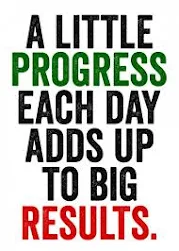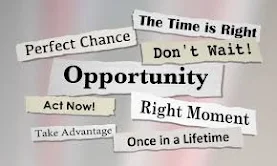In every gathering, whether formal OR informal, and even amongst those random kibitzers and hobnobbing, there's that explicit discussion happening [WHEN the words are spoken out lout] and the tacit ones as well. As long as you part and parcel of that discussion, it just makes sense that we understand the underlying conversations and reactions that people in the room are having. It's WHEN Reading The Room is a must-do📗📙📘
BUT WHAT IF you are NOT picking up on those subtle cues, HOW can we learn to do so? WHAT signals should we be looking for? And most importantly, is there anything we can do to influence the unspoken dynamics? In concrete terms, this is NOT rocket science. SO HOW? The best way is to pay attention to the people in it. Even noting WHO is next to WHOM, WHO seems relaxed, WHO's seated, WHO's standing and even WHO seems to be fidgety😒😒😒
HOW's the mood in the room? Does it seem to be relaxed? OR is some tension brewing? BUT it DOESN'T stop there. We got to think about the possible reasons for the emotional states especially the 'outlier' ones. LIKE WHAT's happening in their lives and jobs? This can be tricky if you DON'T know well enough the people 'in the room' although you can still come up with your hypotheses. Then if needed, you can check and tactfully validate those hypotheses with the relevant person💦💦💦
LIKE, 'in the meeting, I saw you furrow your brow WHEN our discussion turned to that big project. HOW do you feel about it? Hold on, you might wonder WHY we're even talking about this today? It's because psychologists encourage us to improve our 'READING THE ROOM' skills because this is crucial for social-emotional learning. And this is something we CAN'T get away with, UNLESS we'd like to live in the confines of the cavernous caves at Balochistan💥💥💥




























































